Open-plan spaces are increasingly popular in modern homes, offering a sense of freedom, light, and flow that traditional, segmented rooms cannot. However, the large, uninterrupted expanses of open-plan areas can sometimes feel overwhelming or disjointed. A key solution to this design challenge is using artwork strategically to create distinct zones and focal points within the space. Art can not only divide a room into purposeful sections but also add character, personality, and energy. Here’s how you can use artwork to create focal points in your open-plan space, transforming it from a blank canvas into a functional and aesthetically pleasing environment.
1. Choose the Right Art for Different Zones
The first step in using art to define areas within an open-plan space is to select different types of artwork for each zone. An open-plan space often includes various areas for living, dining, and perhaps even working, and the art you choose should reflect the mood and purpose of each zone.
For example, consider placing bold, energetic artwork in the living area where people gather to socialize. Pieces with vibrant colors or dynamic abstract designs can add movement and energy to the space. In contrast, a dining area may benefit from more serene, calming art, such as landscapes or still life pieces, which promote relaxation and conversation.
By differentiating the art in each zone, you can subtly define the areas without physical barriers, while still maintaining the visual flow that open-plan spaces are known for.
2. Large-Scale Art as a Statement Piece
One of the most effective ways to create a focal point in a large open space is by incorporating large-scale artwork. Oversized art can serve as an anchor for the room, drawing the eye and grounding the space. Whether it’s a single, massive canvas or a striking photo print, large-scale art can make a bold statement, ensuring that even in an expansive room, the space feels cohesive and intentional.
Position your statement piece in a central location where it can be appreciated from multiple angles. In a living area, this could be above the sofa or fireplace, while in a dining area, it might be on the wall adjacent to the table. The key is to place it where it will naturally catch the eye and become the visual centerpiece of the room.
3. Use Gallery Walls to Define Spaces
A gallery wall is an excellent way to bring personality into your open-plan space while also helping to define individual zones. By grouping a collection of smaller artworks together, you can create a focal point that’s both versatile and highly personal.
To define a dining space, for example, you could create a gallery wall above the dining table, featuring a mix of family photos, framed prints, and small paintings. This collection will serve as a clear divider, distinguishing the dining area from the rest of the open-plan space. In the living area, a gallery wall can add warmth and texture, making the seating area feel more intimate and inviting.
When building a gallery wall, mix different sizes, frame styles, and art types to create an eclectic, layered look. This will not only add visual interest but also help reinforce the division between different parts of the room.
4. Art as a Visual Divider
If you’re looking for a more direct way to divide an open-plan space, consider using art as a physical divider. Freestanding art pieces, such as sculptures or tall, narrow paintings on easels, can act as subtle barriers that separate different areas of the room without completely obstructing the open layout.
For example, a large sculpture placed between the dining and living areas can act as a focal point and a room divider in one. This allows for a continuous flow of space while still giving the distinct feeling that each zone has its own identity.
Sculptures, in particular, are ideal for this purpose, as they can be viewed from multiple angles and provide a three-dimensional aspect that enhances the overall aesthetic of the room.
5. Coordinate Art with Furniture Layout
When arranging furniture in an open-plan space, it’s essential to consider how your artwork will interact with the layout. Art and furniture should work together to create a balanced, harmonious environment, where the flow between zones feels natural.
For example, in a living area, you can place artwork above the sofa to draw attention and anchor the seating arrangement. In a dining area, a large horizontal piece can align with the length of the dining table, creating a sense of symmetry and balance.
Additionally, placing art at the end of long walls or near the entrances to different zones can guide the eye and subtly lead people through the space, enhancing the functionality of the layout.
6. Personalize Your Space with Custom Art Products
A great way to ensure that the art in your open-plan space is truly unique and reflective of your personal style is to create custom art products. By opting for custom-made pieces, you can tailor the artwork to fit specific dimensions, color schemes, or themes that match your room’s design.
There are online platforms that allow you to create custom products from your favorite images, such as family photos, travel pictures, or even original artwork. This level of personalization ensures that the artwork is not only aesthetically pleasing but also meaningful. Whether you’re looking for a custom canvas print, photo tile, or framed artwork, creating your own custom art piece can help you infuse your open-plan space with a personal touch. For more information on how to create your own custom art products, check out this link: https://www.wikiart.org/store/create-custom-product. Here, you’ll find a variety of options for transforming your images into beautiful, high-quality custom art that suits your home perfectly.
7. Use Art to Enhance Natural Light
In open-plan spaces, natural light often plays a significant role in defining the room’s atmosphere. Strategically placing art near windows or in well-lit areas can help maximize the impact of both the light and the artwork itself.
Choose reflective or glossy pieces that catch the light and enhance the brightness of the space, or opt for artwork with light, airy colors to complement the natural light. Additionally, placing mirrors near artwork can bounce light around the room, making the space feel larger and more open while highlighting the art at the same time.
8. Change Art Seasonally
One of the benefits of using art to create focal points in open-plan spaces is the flexibility to change the artwork as your tastes evolve or as the seasons change. Rotating your art seasonally can give your space a fresh look without the need for a complete room redesign.
For example, you could display warm-toned artwork during the autumn months and switch to cool blues and greens in the summer. This keeps the space feeling dynamic and ensures that the focal points remain visually engaging throughout the year.
Conclusion
Art has the power to transform open-plan spaces by creating focal points and dividing the room into distinct zones. From large-scale statement pieces to gallery walls and custom art products, the right artwork can define areas within an open-plan layout, add personality, and ensure that the space feels cohesive and balanced. By carefully selecting and positioning artwork, you can break up large, open areas into functional, beautiful zones that serve both aesthetic and practical purposes.
For more information Visit Walker Magazine



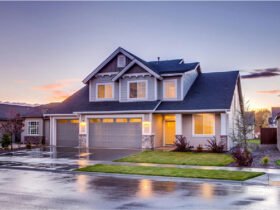



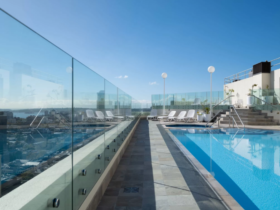



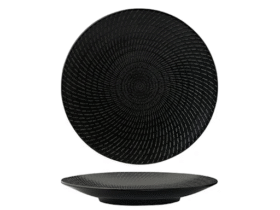

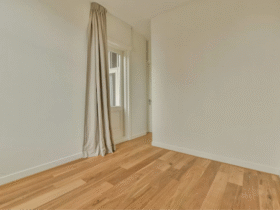
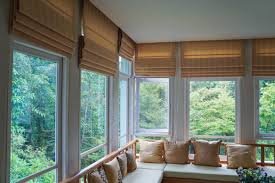


Leave a Reply